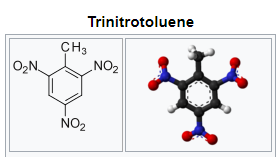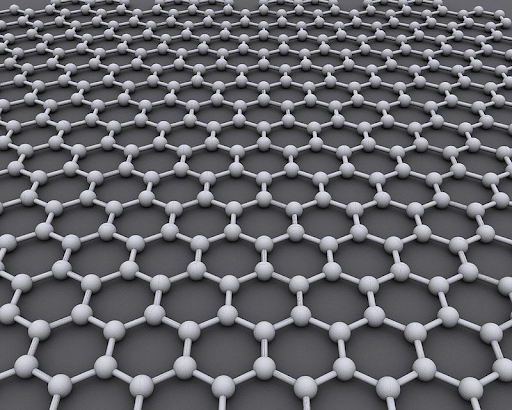Planet nine could be a stealth planet.
There is the possibility that Planet X or the mythic ninth planet is invisible. Because around that planet is a thin hydrogen layer. When weak solar radiation hits those hydrogen atoms. They will turn their electrons against solar radiation.
So solar radiation causes a situation in that the hydrogen atoms send wave movement that turns sunlight to travel past that hypothetical planet. In that case, the planet is invisible. There is a possibility that planet X's surface temperature is the same as its environment.
That means there is no energy exchange between that planet and its environment. That makes this object extremely hard to detect. And that means the hypothetical planet X is a stealth planet. Even if the energy that impacts its dayside rises. Planet X's temperature is a little bit higher than its environment so energy travels to nightside.
And that means we cannot see that hypothetical planet if it exists. The reason, why Planet 9 interests researchers are that the phenomenon that makes it invisible also interests stealth researchers.
2A
2B
2C
2D
Images from the top.
Image 2A: TNT molecule.
Image 2B: RDX molecule.
Image 2C: 2D water molecules. (Left image)
Image 2C Graphene
2D materials, like fullerene and graphene, make next-generation explosives and rocket engines possible.
When we think about the graphene's molecular structure and 2D water molecule network. That form is similar to the carbon or hydrogen ring in the TNT and RDX. So it's possible just to send electromagnetic radiation to fullerene and 2D water.
That thing creates a situation where energy forms a standing wave in the middle of the ring. And when energy starts to reflect. That thing causes reflecting waves in the structure. So that structure makes EM explosives possible.
Fullerene and graphene are fascinating materials. Those materials can use in many systems. And one of those systems is the stealth-systems. There is the possibility that the system anchors electrons in the middle of the graphene structure. And then energy will conduct to that graphene structure.
When energy impacts those electrons they send counter photons against incoming radiation. That could make reflection weaker or deny the radiation impact with the layer. In that model, the hydrogen atoms could anchor in the middle of the graphene layer. The electron would be outwards. And then, the proton will shoot energy impulses. That removes energy from incoming radiation. And make reflection weaker.
Nanomaterials are key elements in electromagnetic explosives.
But the fullerene and graphene can make electromagnetic explosives and laser rockets possible. Nanotechnology makes explosives more accurate and powerful than ever before.
When energy impacts graphene. That structure aims in the middle of the carbon rings. Then that radiation jumps back. And it acts like a carbon ring in the RDX. But in that case, the explosion is forming when the radiation energy impacts to graphene structure. The thing that makes gunpowder, TNT, and RDX (Hexogen) explosives are the carbon rings.
When energy travels in those carbon rings they aim energy in the middle of those rings. And when the energy level turns high enough. It suddenly breaks that ring. That releases lots of energy. When the energy pump to those rings starts, it forms a standing wave movement. When the energy pump continues. It rises the energy level in that standing wave movement.
Also, energy pumping keeps the carbon ring or ball in form. When energy pumping ends . The pressure difference between in and outside the ring rises. And then outcoming energy destroys the structure and releases more energy stored in those chemical bonds.
But what if you will aim the laser ray at the fullerene? Fulleren is a ball-shaped carbon moelcule. When radiation hits fullerene. It will aim for energy in the middle of it. Also energy level between those carbon atoms starts to rise. That breaks the fullerene ball, and in that case, the energy stored in the fullerene is released. So the fullerene acts like a vacuum bomb.
When energy jumps out from the middle of the carbon ball it touches the energy strings that travel between carbon atoms. The system forms an extremely powerful energy impact. While the energy that the laser pumps to fullerene is released.
That thing makes it possible to use fullerene as the booster in electromagnetic rocket engines. The system sprays fullerene balls in the microwave or laser ray. That electromagnetic radiation makes those fullerenes explode. That thing increases the power of electromagnetic rocket engines.
https://scitechdaily.com/strange-new-form-of-ice-discovered-raises-many-questions-on-the-very-nature-of-liquid-water/
https://en.wikipedia.org/wiki/Fullerene
https://en.wikipedia.org/wiki/Graphene
https://en.wikipedia.org/wiki/Planet_Nine
https://en.wikipedia.org/wiki/RDX
https://en.wikipedia.org/wiki/TNT
https://shorttextsofoldscholars.blogspot.com/









No comments:
Post a Comment
Note: Only a member of this blog may post a comment.